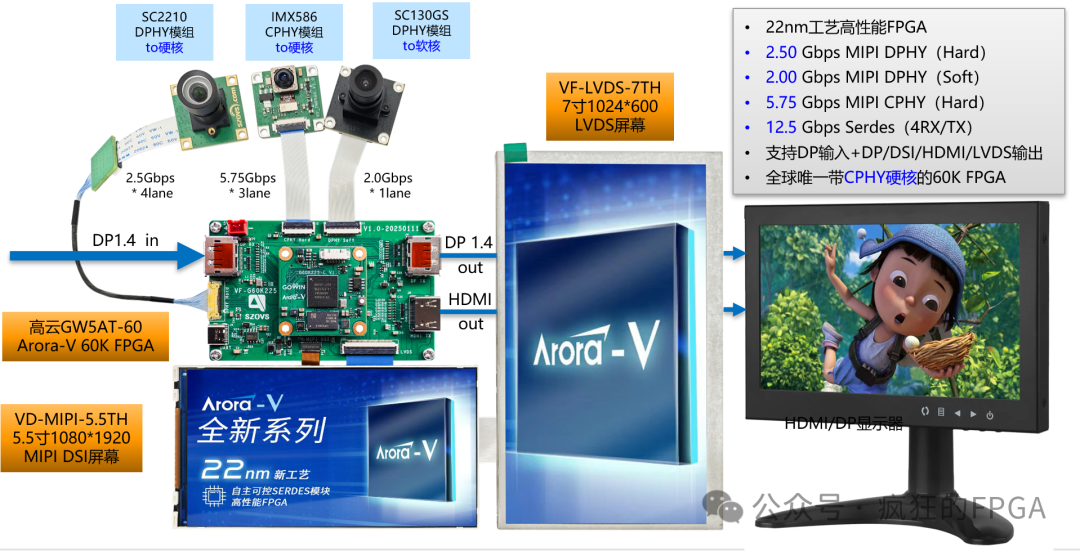
(JW Insights) Aug 2 -- Global semiconductor revenue is projected to decline 11.2% to $532 billion in 2023 as a result of economic headwinds, weak end-market electronics demand and US export restriction, according to the forecast by US research firm Gartner.

In 2022, the market totaled $599.6 billion, which was a marginal growth of 0.2% from 2021.The short-term outlook for the semiconductor market has deteriorated further.
“As economic headwinds persist, weak end-market electronics demand is spreading from consumers to businesses, creating an uncertain investment environment. In addition, an oversupply of chips which is elevating inventories and reducing chip prices, is accelerating the decline of the semiconductor market this year,” said Richard Gordon, Practice Vice President at Gartner.
“The semiconductor industry is facing a number of long-term challenges in the decade to come,” said Gordon. “The past decades of high volume, high-dollar content market drivers are coming to an end, notably in the PC, tablet and smartphone markets where technology innovation is lacking.”
In addition, COVID-19 and the U.S. and China trade tension have precipitated the deglobalization trend and the rise of techno nationalism. “Semiconductors today are seen as a national security issue,” said Gordon. “Governments around the world are scrambling to build self-sufficiency in the semiconductor and electronics supply chain. This is leading the incentivization of onshoring initiatives across the world.”
In 2022, Chinese suppliers accounted for 10.95% of the market share in analog chips, 4.12% in NAND flash, 0.81% in DRAM, and 7.88% in MCU.
The memory industry is dealing with overcapacity and excess inventory, which will continue to put significant pressure on average selling prices in 2023. The memory market is projected to total $92.3 billion, a decline of 35.5% in 2023. However, it is on pace to rebound in 2024 with a 70% increase.
Gartner analysts foresee DRAM revenue will decline 39.4% in 2023 to total $47.6 billion. The market will move to undersupply in 2024 and DRAM revenue is set to increase 86.8% as pricing rebounds.
Outsourced semiconductor assembly and test (OSAT) revenue grew by 7.7% in 2022 to $53.4 billion, up from $49.6 billion in 2021.Among these top 25 vendors, there are seven vendors had double-digit percentage increase, while nine vendors had a decline in annual revenue.
Asia/Pacific vendors occupied the largest OSAT market, among which, Taiwanese obtained the biggest market share (47%), followed by Chinese (29%).
“End-market demand will be less exposed to consumer discretionary spending and more exposed to business capital spending. Supply chains will be more complex with many more intermediaries involved and varied channels to market, and to satisfy different end-market requirements, different types of capacity will be required,” said Gordon.
(Gao J)
RELATED
-
Local governments in China come up with policies to support AI development in 2023
11-17 19:12 -
NBS: China’s specialized equipment manufacturing industry for semiconductor devices sees 33.9% surge in value added in October
11-17 17:41 -
China kicks off construction of world’s largest offshore PV power station
11-14 17:21









